Let’s face it, choosing the right car can become quite a challenge. Do you need a zippy city ride, a rugged off-roader, or something sophisticated and stylish? With so much to think about, it’s easy to feel overwhelmed. But one thing stands out above all else: safety always comes first.
We've taken a step back from the flashy brand ambassadors, crash-test dummies, and overwhelming stats, to help you navigate the world of vehicle safety.
Buckle up—it’s time to make safety simple!
What's an ANCAP rating?
Ever wondered what those stars on a car review mean? Enter ANCAP Safety Ratings, your ultimate guide to how well a car performs when things don’t go as planned.
ANCAP (short for Australasian New Car Assessment Program) is like the judge on a talent show—but instead of judging singing, they’re smashing cars into walls. Literally. Here’s how it works:
• Crash tests
A controlled process where vehicles get sent hurtling into obstacles to evaluate how well they protect the people inside.
• Safety features
They check for things like airbags, seatbelt warnings, and advanced tech like Autonomous Emergency Braking (AEB).
• Pedestrian protection
How well does the car minimise harm if it collides with someone walking or cycling?
• Driver assistance
Helpful aids such as lane-keeping assist and collision avoidance tech are put to the test.
The result? A star rating out of five, with five stars meaning, "This car’s got your back." Lower ratings? Let’s just say they’re best avoided.
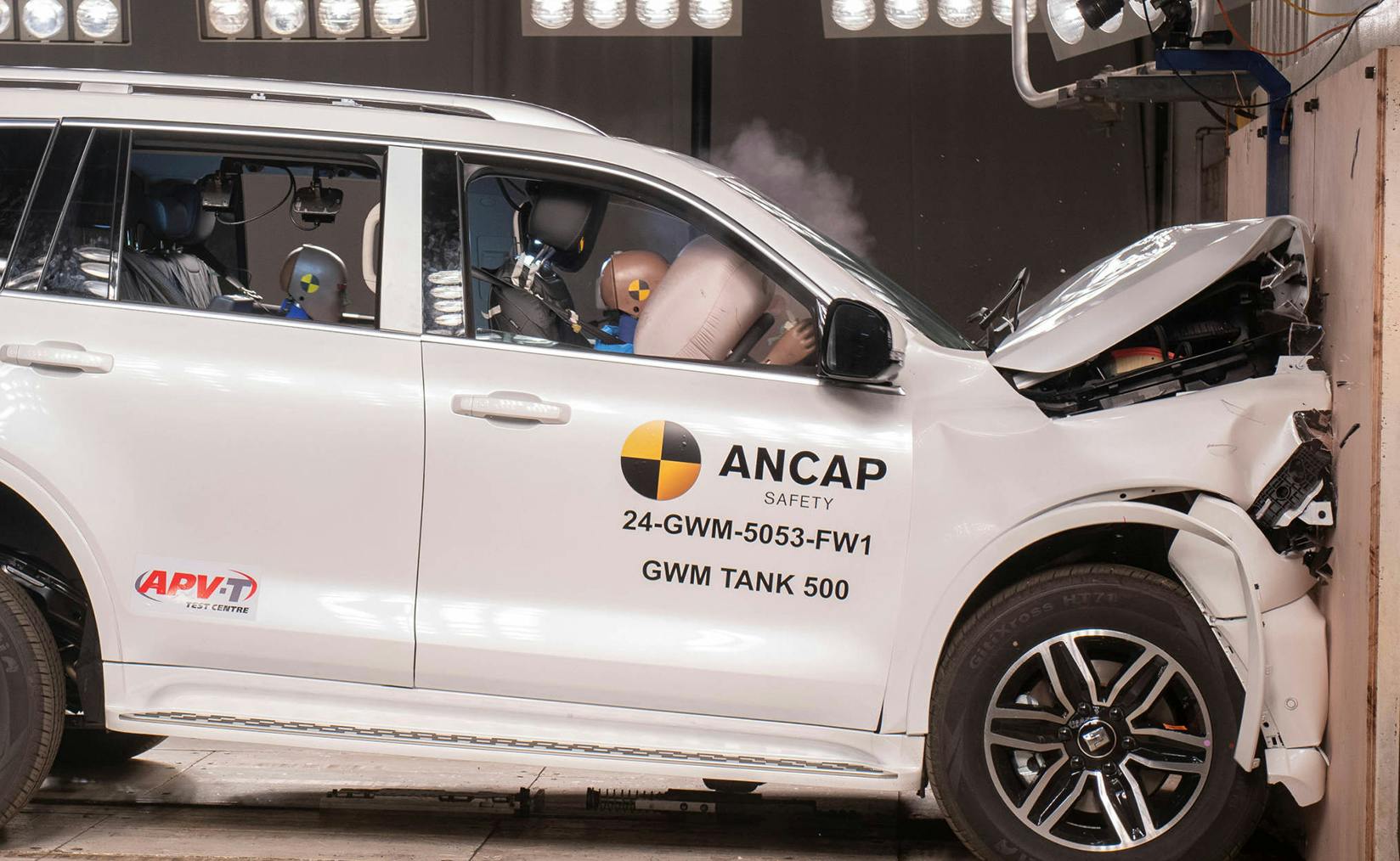
Why ANCAP ratings matter
Think of ANCAP ratings as your safety cheat sheet. It’s not just about surviving a crash—it’s about preventing one in the first place. And that’s the beauty of modern cars.
For example, a car with a five-star rating is likely to include features such as:
• Electronic Stability Control (ESC)
Keeps your car steady, even on slippery roads.
• Autonomous Emergency Braking (AEB)
Automatically applies the brakes if it senses a collision coming.
• Side and curtain airbags
Adds an extra layer of protection for you and your passengers.
And here’s the kicker: ANCAP ratings don't just apply to new cars. Even if you’re shopping second-hand, those stars give you a clear idea of how safe your ride will be.
Old v new: Which is safer?
If you’re still driving that beloved 1990s sedan, it might be time for an upgrade. Why? Because safety tech has come a long way. Cars from the early 2000s are good, but newer models are so much better.
• Better crash structures
Crumple zones and safety cells have been created to better absorb any impacts and protect passengers, and they work!
• Smarter tech
Driver aids such as lane-keeping assist and adaptive cruise control weren’t even a dream 20 years ago.
• Tougher standards
Today’s cars are required to meet increasingly stringent safety requirements designed to keep road users safe.
The best part of all this regulatory red tape is that plenty of these 'safer' cars are now available on the used-car market. In short, you don’t need to spend a fortune to stay protected.
Size is not everything
You’d think a chunky SUV or ute would be safer than a small car, right? Well, it’s not that simple. While larger vehicles can offer more protection in some crashes, they’re not invincible. Overall safety depends on design, features, and, you guessed it, those ANCAP stars.
The takeaway? Don’t judge a car by its size—judge it by how well it has performed in its ANCAP tests.
Key safety features to look for
When you’re shopping for your next car, look out for these must-have features:
• ESC: Keeping you in control during sudden turns or slippery conditions.
• AEB: Think of it as a second pair of eyes that hits the brakes for you.
• Airbags: The more, the merrier—front, side, and curtain airbags can make a big difference.
• Lane-keeping assist: Keeps you in your lane, even if you’re distracted.
Top picks for safer driving
For motorists seeking the safest options in 2024, a recent independent survey awarded 16 vehicles five stars in every category. These vehicles offer unparalleled protection for drivers, passengers, and other road users. Here are some of the standout models:
• Audi A4/S4/RS4/All Road (MY 2008-2015)
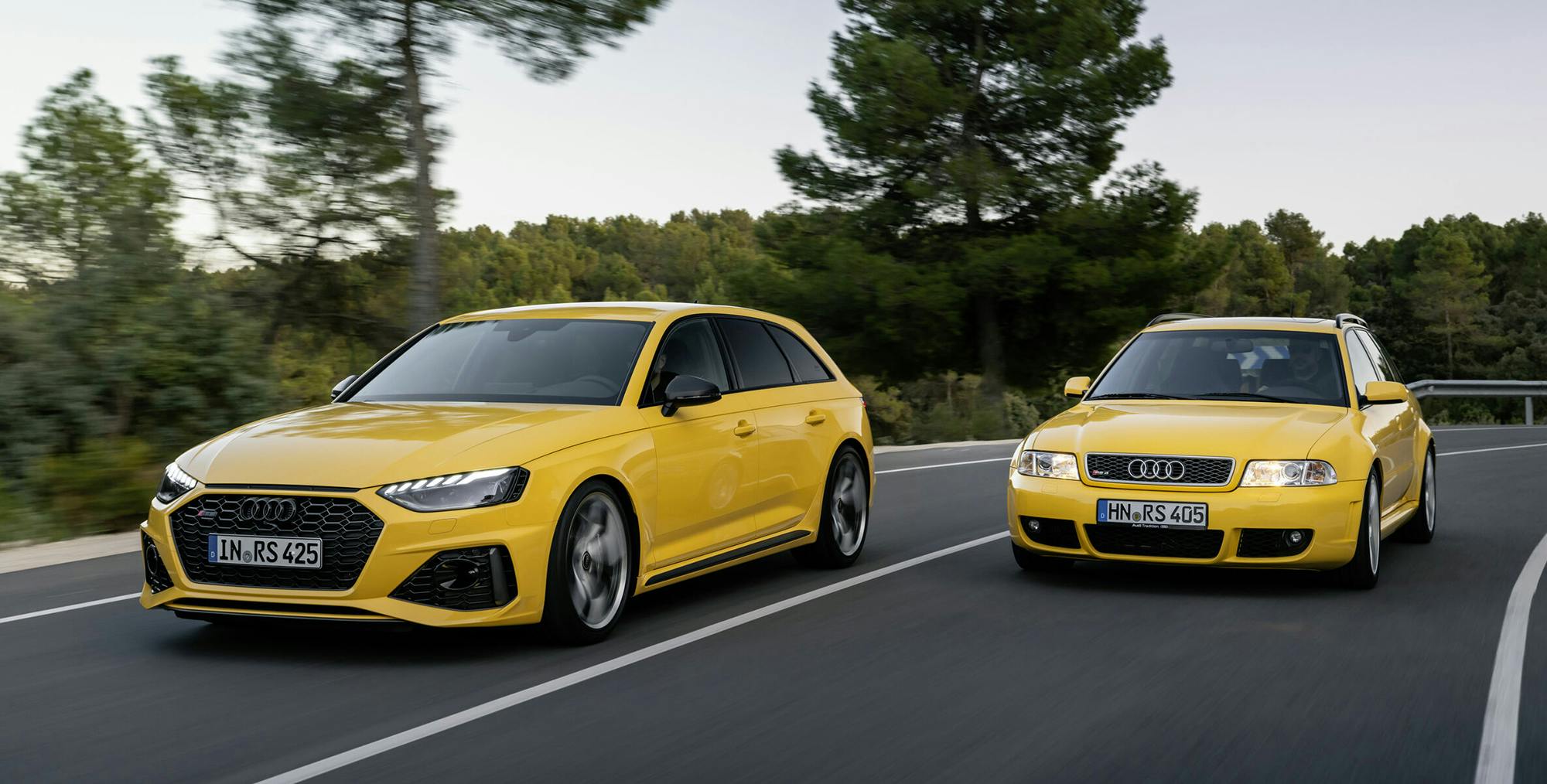
• Mazda CX-5 (MY 2017-2022)
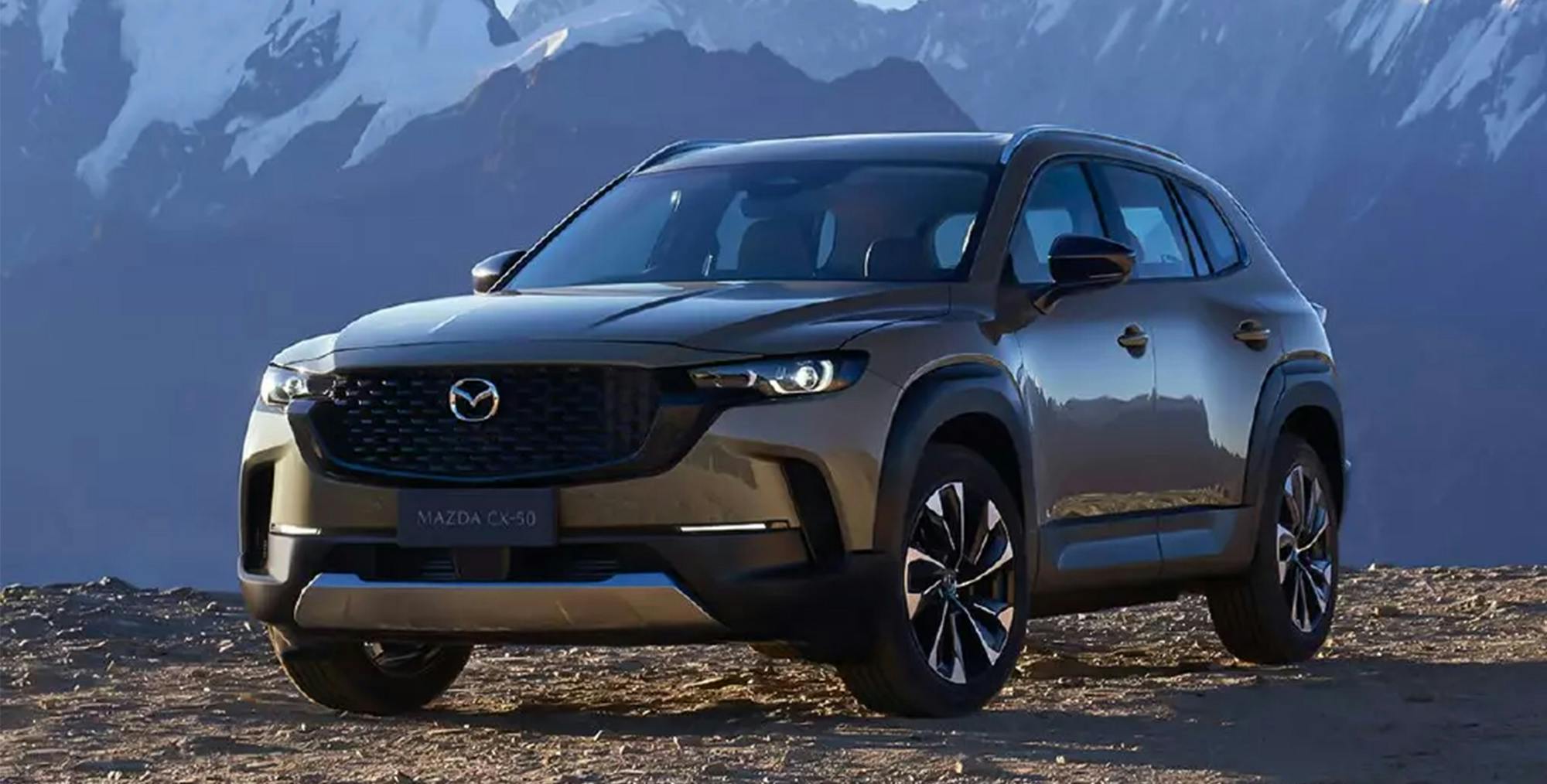
• Toyota Corolla (MY 2018-2022)
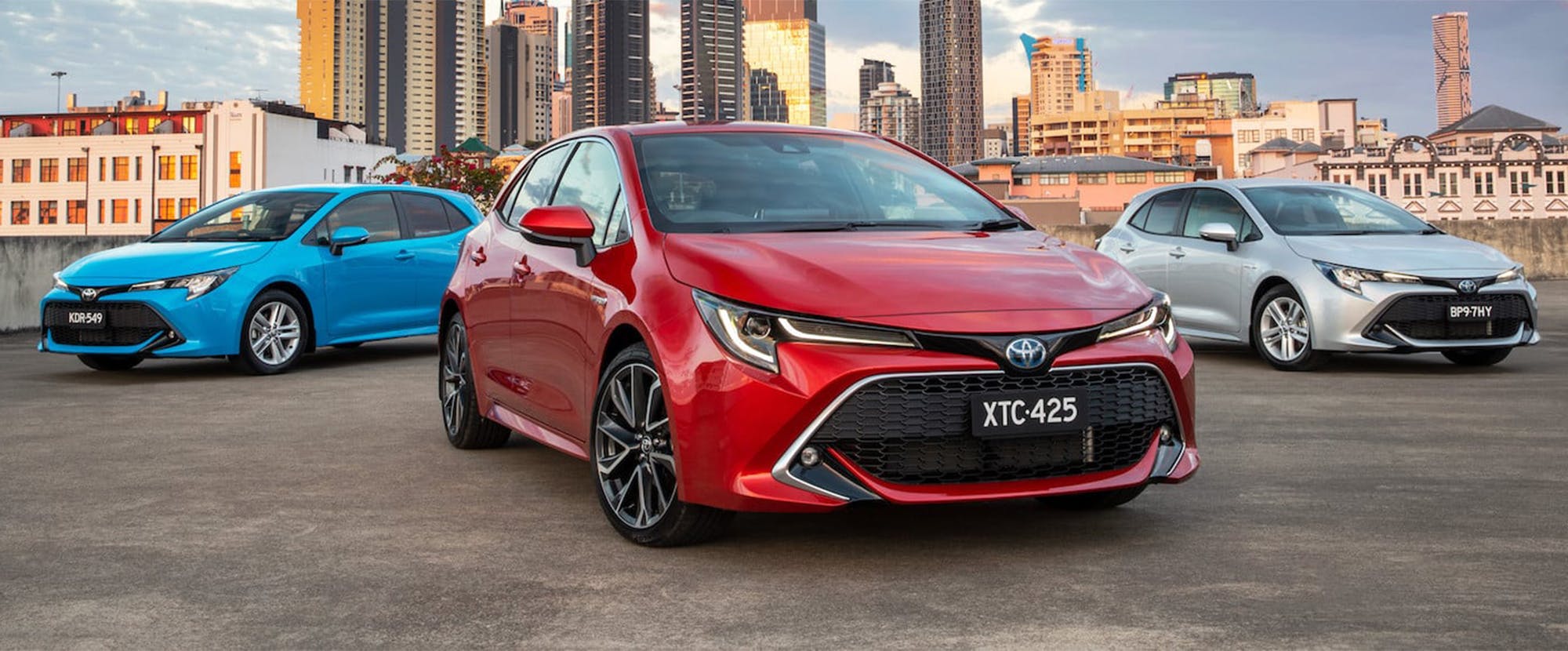
• Volkswagen Tiguan (MY 2016-2022)
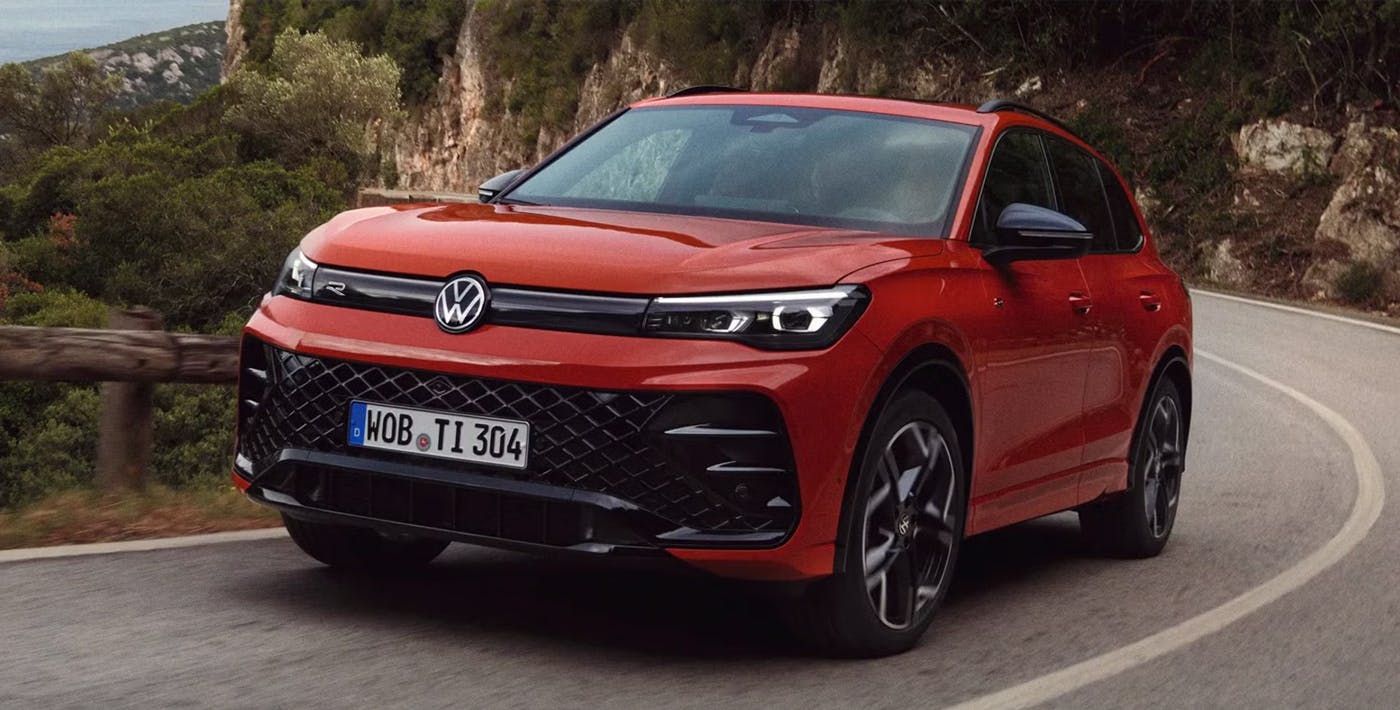
Notably, many of these top-rated vehicles are available on the second-hand market for under AU$25,000, making safety accessible across various price ranges. Over half of the Safer Pick vehicles are priced below AU$10,000, a boon for budget-conscious buyers, including younger drivers, with a variety of the models available in good condition at easyauto123.
Be part of the safety solution
Choosing a car with a high ANCAP rating doesn’t just protect you. It also protects pedestrians, cyclists, and other road users. It’s like being a superhero—but instead of a cape, you’ve got a well-designed car.
So, whether you’re upgrading to something newer or buying your first set of wheels, aim for a car that puts safety first. Those stars aren’t just shiny—they could save lives.
Find your safe space
Car safety isn’t just about crash dummies and stats—it’s about keeping you, your loved ones, and everyone else on the road safe. The ANCAP rating makes it easier to find a car that fits your needs and protects what matters most. Explore a range of vehicles with excellent ANCAP safety ratings at easyauto123 today.
________
Crash-testing image courtesy of ANCAP



